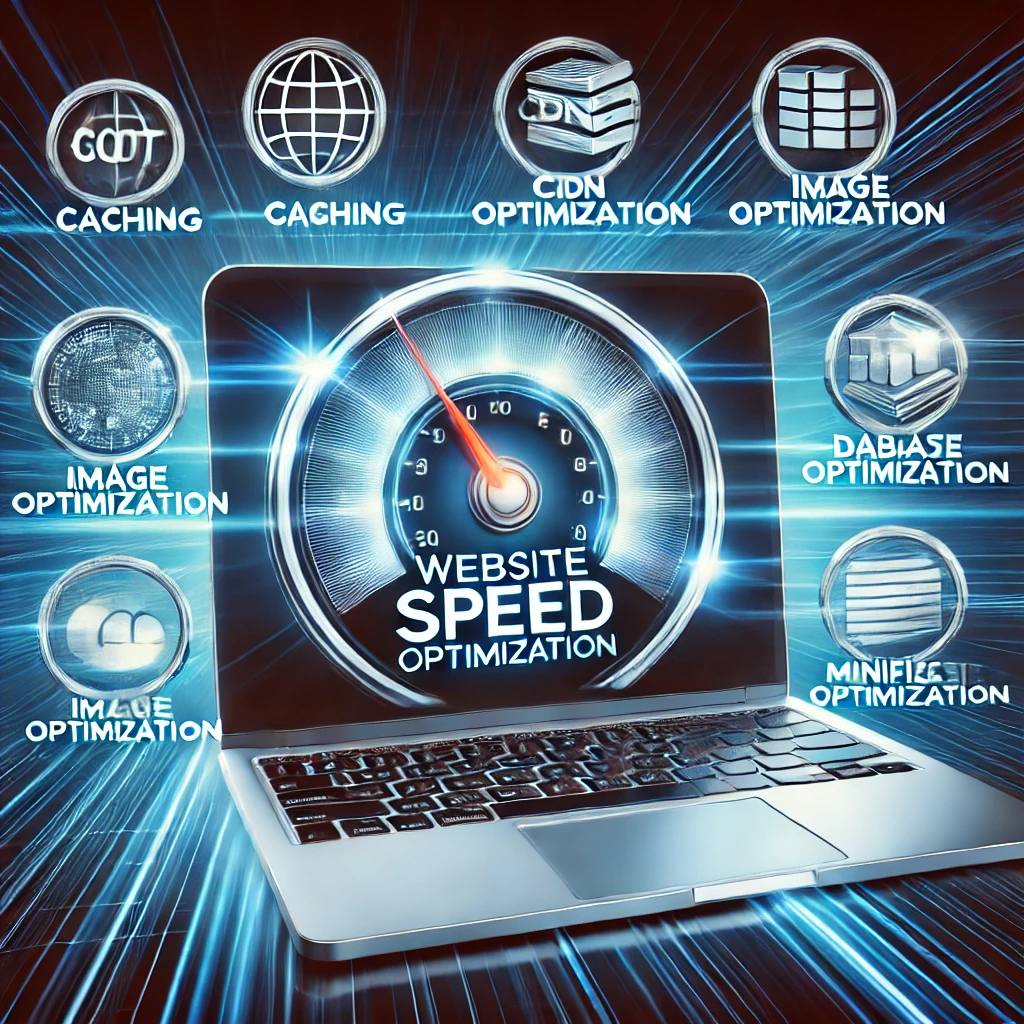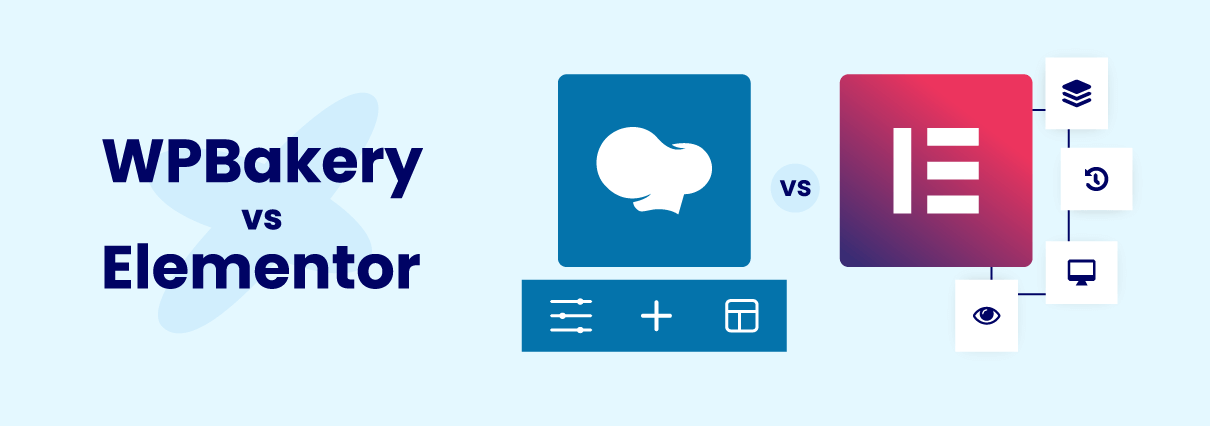
Boost Your Website Speed: Top 10 Optimization Techniques for Faster Loading
Website speed is a crucial factor that affects user experience, SEO rankings, and conversion rates. A slow-loading website can lead to higher bounce rates and lower engagement. In this blog, we will explore the top 10 techniques to boost your website speed for optimal performance.
1. Optimize Images for Faster Loading
Large image files slow down your website. Use image compression tools like TinyPNG or ImageOptim to reduce file sizes without compromising quality. Additionally, use next-gen formats like WebP for better performance.
2. Enable Browser Caching
Browser caching stores static resources like images, CSS, and JavaScript in the user's browser, reducing load times for returning visitors. Implement caching headers using .htaccess or a caching plugin if you use WordPress.
3. Minify CSS, JavaScript, and HTML
Reducing unnecessary characters, spaces, and comments from CSS, JavaScript, and HTML files helps in decreasing load time. Use tools like UglifyJS, CSSNano, or HTMLMinifier for minification.
4. Use a Content Delivery Network (CDN)
A CDN distributes your website content across multiple global servers, ensuring faster load times by serving users from the nearest server location. Popular CDNs include Cloudflare, Amazon CloudFront, and Akamai.
5. Optimize Server Response Time
A slow server response time affects page loading speed. Optimize your server by:
-
Choosing a high-performance hosting provider.
-
Upgrading to a VPS or dedicated server.
-
Reducing the number of HTTP requests.
6. Implement Lazy Loading for Images & Videos
Lazy loading ensures that images and videos load only when they appear in the viewport. This reduces initial page load time and improves performance. You can enable lazy loading using JavaScript or plugins like WP Rocket.
7. Reduce HTTP Requests
Each HTTP request adds to the page load time. Minimize requests by:
-
Combining CSS and JavaScript files.
-
Using CSS sprites for images.
-
Removing unnecessary third-party scripts.
8. Enable Gzip Compression
Gzip compression reduces the file size of HTML, CSS, and JavaScript files before sending them to the browser. Enable Gzip via your .htaccess file or through your hosting provider.
9. Use Asynchronous Loading for JavaScript
Asynchronous loading ensures that JavaScript files load independently of the main HTML structure, preventing render-blocking issues. Use the async and defer attributes in your script tags.
10. Optimize Database Performance
A bloated database slows down website performance. Optimize your database by:
-
Removing unused data, spam comments, and post revisions.
-
Using database optimization plugins like WP-Optimize.
-
Regularly cleaning up transients and expired entries.
Improving website speed is essential for better user experience and SEO rankings. By implementing these 10 techniques, you can significantly boost your site's performance, enhance engagement, and reduce bounce rates. Stay ahead in the digital game by ensuring your website loads at lightning speed!






